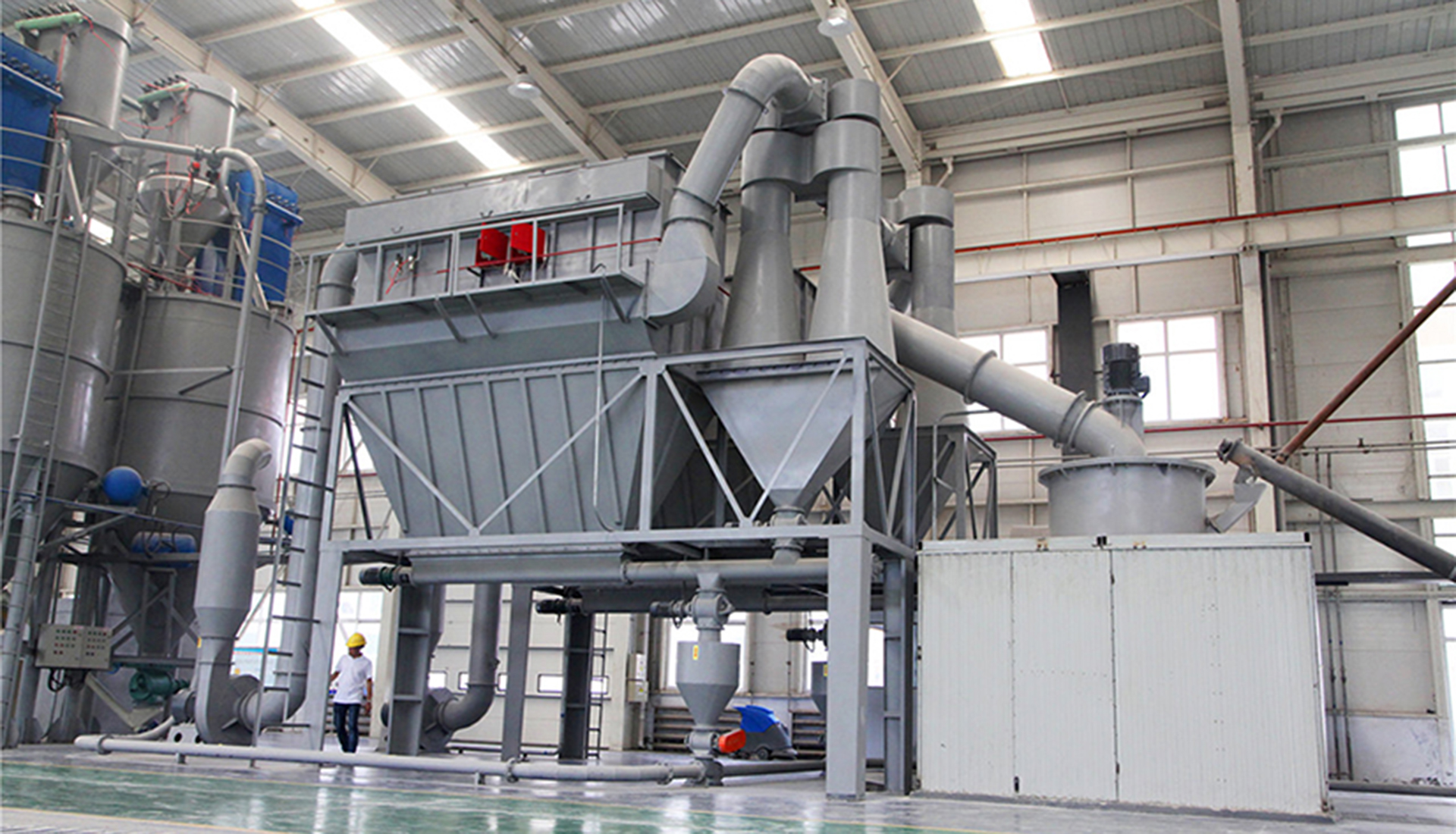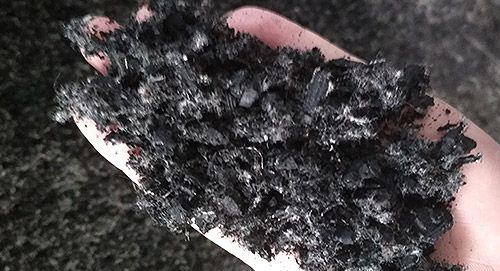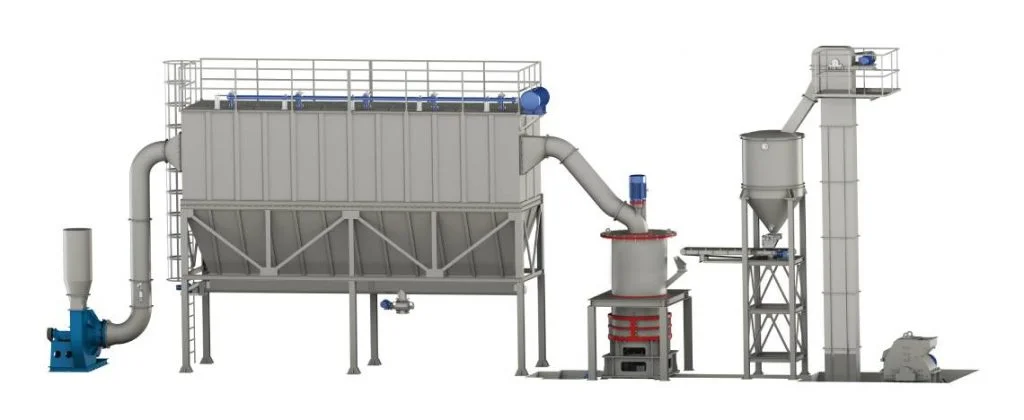Carbon Black Ultrafine Grinding Mill
Carbon Black Ultrafine Grinding Mill: Precision Engineering for Advanced Particle Synthesis
The Carbon Black Ultrafine Grinding Mill (Model: SCM Ultrafine Grinding Mill) is a mechanochemical system designed for the comminution and classification of carbon black, a colloidal carbon material that is critical to industries that require high-performance particles. The system integrates advanced grinding kinematics, pneumatic separation, and process automation to achieve precise control of particle size distribution (PSD), surface morphology, and agglomeration behavior in ultrafine carbon black production.
Core Technology Attributes
- 1. High-energy shear grinding mechanism: Utilizes a multi-ring roller gear configuration to apply shear compression forces (0.5–3.5 GPa) to rupture turbostratic carbon black aggregates (d002 = 0.35–0.38 nm) to achieve median particle sizes (D50) as low as 1 μm and narrow PSD (span <1.5).
- 2. Dynamic pneumatic classification: Variable frequency turbine classifier adjusts the cut point (1–100 μm) by centrifugal sedimentation to achieve >95% classification efficiency (ISO 13320-1), and CFD-optimized airflow minimizes reagglomeration.
- 3. Wear-resistant components: WC-Co composite rollers and Si3N4 ceramic bushings reduce wear losses (<0.1 cm³, ASTM G65) to ensure material purity.
- 4. Closed-loop control: Online laser diffraction analyzer provides real-time PSD feedback to the PLC, maintaining D97 tolerance ±2%.
Line integration
- 1. Pre-crushing: Primary jaw crusher crushes the raw material to ≤10 mm (compressive strength ≤250 MPa) and then pneumatic conveying (loss <0.5%).
- 2. Grinding stage: Multi-zone chambers in the carbon black ultrafine grinder delaminate aggregates under nitrogen inerting to achieve BET surface areas up to 1500 m²/g.
- 3. Post-processing: Cyclone separation (compliant with EN 1822 H14) collects the ultrafines (D50 <2 μm), while argon flushing packaging maintains oxidation stability.
Performance advantages
- PSD accuracy: D97 ≤45 μm, CV <5% batch consistency.
- Energy efficiency: Specific energy consumption is 25–50 kW·h/t, 30–40% higher than jet mills.
- Morphology control: Structured aggregates (DBP absorption 50–200 cm³/100g) enhance elastomer reinforcement.
- Scalability: Production volumes range from 0.5 t/h (R&D) to 25 t/h (industrial).
Industrial Applications
- 1. Tire reinforcement: N330-N550 grades improve tensile strength (≥20 MPa, ASTM D412) and wear resistance (DIN 53516).
- 2. Conductive polymers: D90 <500 nm carbon blacks achieve <1.5 wt% percolation threshold (IEC 60093).
- 3. Lithium-ion batteries: High purity carbon black (ash <0.02%) improves anode conductivity (IEC 62660-1).
- 4. Coatings: Submicron particles (325-2500 mesh) optimize UV opacity in automotive paints (ASTM D523).
Conclusion
The Carbon Black Ultrafine Grinding Mill enables scalable, energy-efficient, tailored carbon black synthesis for advanced applications. By combining precision grinding, smart classification, and surface stabilization, it supports next-generation material development in energy storage, composites, and sustainable manufacturing.


